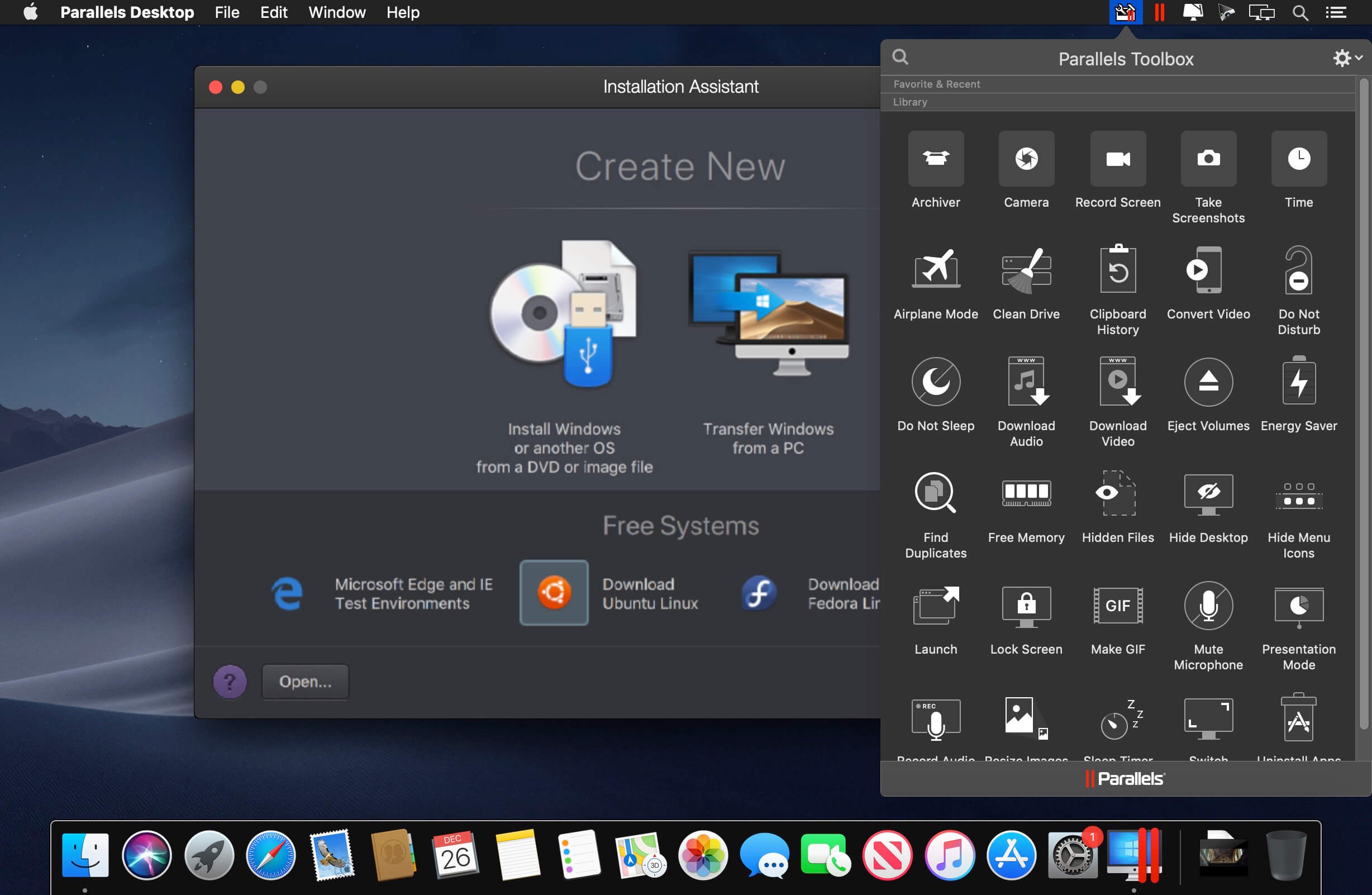
There are a few different virtualization software options available for Mac. Virtualization software can be used for a variety of purposes, such as testing software or developing new applications. This virtual environment can be used to run another operating system, such as Windows, or to run different versions of the same operating system. Virtualization software is a type of software that allows you to create a virtual version of a physical computer or server. Virtualization software for Mac is used to create a virtual environment on your Mac computer. Parallels Desktop Alternative 5: UUByte ISO Editor.Parallels Desktop Alternative 3: VirtualBox.Parallels Desktop Alternative 2: VMWare Fusion.Parallels Desktop Alternative 1: BootCamp Assistant.Introduction to Virtualization Software.If the topic of virtualization interests you, check out some more of our posts on the subject. There are many other options available for virtualization, including the free UTM app which allows you to easily run Windows 11 on an Apple Silicon Mac for example, but there’s also paid solutions including VMWare and Parallels. Go to to find the appropriate download, listed as “Developer preview for macOS / Arm64 (M1/M2) hosts”.As usual, VirtualBox is completely free to download and to use. While technically in beta, anyone can get access to the developer preview beta ARM build of VirtualBox through the VirtualBox website. It does this by virtualizing hardware (that you can adjust to allocate RAM, storage capacity, etc), so the operating system itself doesn’t know that it’s not running on actual hardware.


VirtualBox is virtualization software that allows you to run other operating systems in containers on your Mac directly from the application, for example you can run Linux or Windows directly within VirtualBox, and without having to use dual-booting or anything else.


 0 kommentar(er)
0 kommentar(er)
